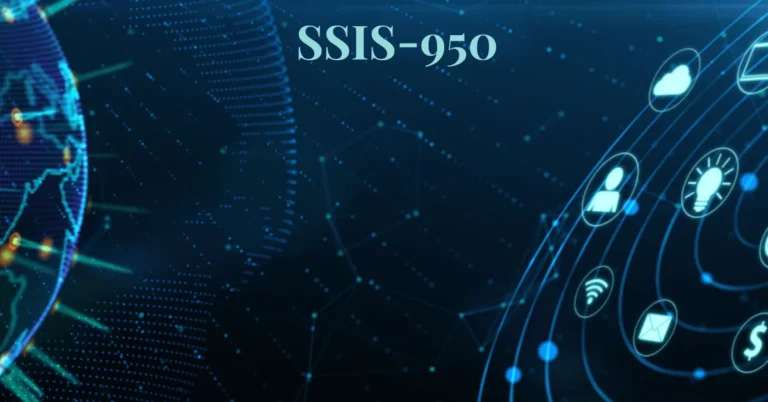How Nudge is Redefining Personalized UX with AI
In today’s digital-first world, personalization isn’t a luxury but a necessity. Consumers demand relevance, speed, and seamless experiences. But traditional segmentation and one-size-fits-all marketing approaches are rapidly losing their edge. Enter Nudge Now, a powerful AI personalization platform designed to revolutionize how businesses engage users.
Nudge empowers marketing teams to move beyond assumptions and static rules. Instead, it delivers 1:1 personalized experiences in real time, adapting interfaces and interactions based on user behavior, context, and intent. Let’s explore how Nudge works, what sets it apart, and the value it brings to modern businesses.
What is Nudge?
At its core, Nudge is an AI-driven personalization engine that helps businesses build adaptive user experiences. Rather than relying on manual A/B tests or generalized segments, Nudge uses machine learning to continuously learn from user interactions and deliver the right content, interface, or call-to-action—exactly when it’s needed.
Key Features of Nudge:
- AI Decisioning: Automates UX choices based on real-time user signals.
- 1:1 Personalization: Delivers tailored web and app experiences for individual users.
- Real-time Adaptability: Adjusts experiences instantly as user behavior shifts.
- Behavioral Analytics: Surfaces deep insights on loyalty, churn risk, and more.
- Integrations: Works seamlessly with Figma, Android, iOS, Flutter, and other tools.
Why Traditional Personalization Falls Short
Most marketing teams today rely on segmentation or A/B testing. While useful, these methods are often:
- Static: They can’t adapt to real-time behavior.
- Guess-based: Built on assumptions rather than real user signals.
- Slow: Require long feedback cycles to understand what works.
This leads to generic, outdated, or even irrelevant experiences for users—ultimately harming retention and conversion.
How Nudge Transforms the Experience
Nudge flips the personalization model on its head by shifting from reactive to proactive. Its AI systems continuously interpret user signals and make autonomous decisions to enhance UX.
Let’s break it down:
AI Decisioning Engine
Nudge evaluates user behavior in real time—things like time spent, cart size, click patterns, or churn likelihood—and uses that data to automate UX decisions. This means:
- A user showing signs of hesitation might get a limited-time offer.
- A returning customer may see a restructured layout tailored to past preferences.
- Someone likely to churn may get nudged toward engagement with custom CTAs.
Real-Time 1:1 UX Personalization
Unlike rule-based systems, Nudge uses real-time context to build dynamic user interfaces. These aren’t just personalized messages but entire modular layouts that shift based on user behavior.
Behavioral Signal Tracking
It tracks high-value behavioral signals like:
- Churn probability
- Coupon usage
- Shopping frequency
- Checkout time
- Loyalty index
Marketers can act on these signals instantly—no waiting for post-campaign analysis.
Benefits of Using Nudge
Implementing Nudge offers transformative value across the user journey:
Faster Go-to-Market
- Marketers can skip long A/B cycles and rely on real-time experimentation.
- Designers can import directly from Figma—no redesigns needed.
Better Decisions, Not Just Data
- Access actionable insights, not just charts.
- Quickly identify what’s working and optimize accordingly.
Increased Conversions & Retention
Nudge has demonstrated measurable success:
- 2x increase in activation
- 18% lift in retention
- 40% rise in course completions
- 8% increase in order frequency
Seamless Integration
- Works with Android, iOS, Web, Flutter, and React Native.
- Enables smooth integration across your product and marketing stack.
Use Cases: How Brands are Winning with Nudge
E-Commerce
A shopper hesitating at checkout receives a tailored nudge with a free shipping offer. Result? Higher conversion and reduced cart abandonment.
EdTech
A student who hasn’t logged in for days gets a personalized re-engagement email and sees a progress dashboard optimized to bring them back into learning mode.
SaaS
An inactive user receives a simplified UX with only essential features, improving task success rate and reducing churn.
Who Is Nudge For?
Nudge is ideal for:
- Product teams wanting adaptive interfaces.
- Marketing teams looking to automate personalization at scale.
- Growth teams aiming for better retention and activation metrics.
- Design teams who want to ship tailored experiences without rebuilding layouts.
Whether you’re a high-growth startup or a scaled enterprise, Nudge helps you act on intent, not just impressions.
How Nudge Stands Out
Here’s a quick comparison of what Nudge brings to the table compared to traditional tools:
| Feature | Traditional Tools | Nudge |
| Personalization Type | Segmentation-based | 1:1 real-time personalization |
| UX Adaptability | Static | Dynamic |
| Testing Cycle | Manual A/B | Automated ML experimentation |
| Setup Time | Long | Import-ready (e.g. Figma) |
| Data Insights | After-the-fact | Real-time |
Real-World Testimonials
Users have seen incredible success with Nudge:
“Nudge has changed how we test and launch UX changes—our retention numbers are trending in the right direction, and we’re just getting started.” – Anesh Srivastav, Co-founder & CPO
“We used to rely on gut feel… now we automate experimentation and focus on strategy.” – Gourav Das, CPTO
Conclusion
In an era where users expect personalization and agility, Nudge is helping businesses rise to the challenge. By combining behavioral science with cutting-edge AI, it enables marketers and product leaders to craft experiences that feel intuitive, relevant, and deeply personalized—without the heavy lifting.
It’s time to move beyond basic A/B tests and static segments. With Nudge, your UX evolves with your users. Book a demo with Nudge today.






